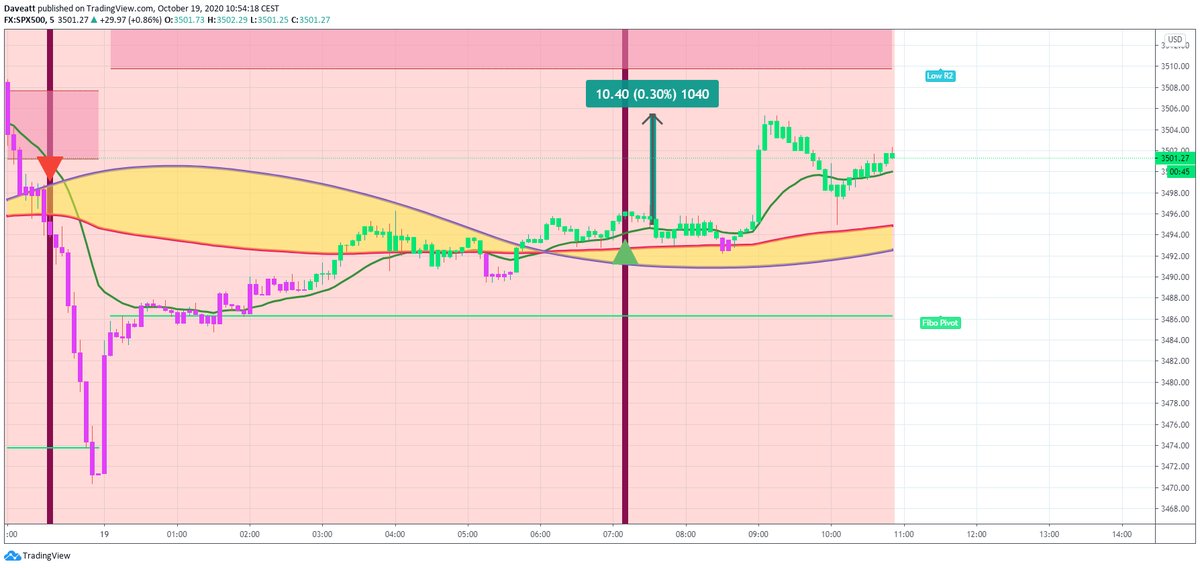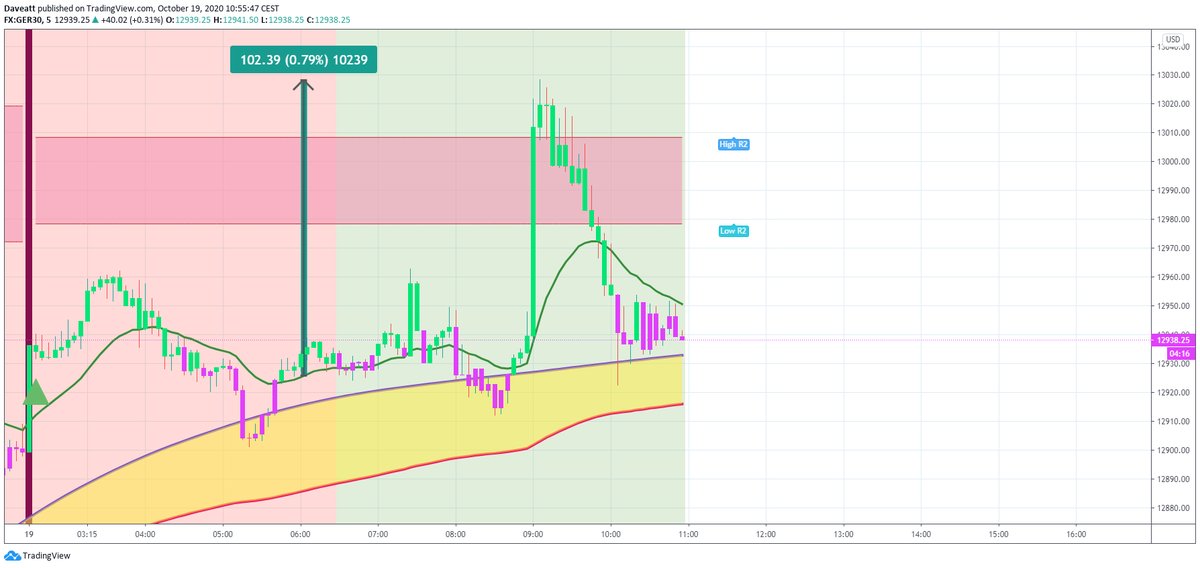Introduction
How many times did you find a perfect strategy giving great results in backtest but wasn't working for LIVE trading?
This effect is due to "overfitting" your past signals giving great historical results in a past environment.
Overfitting means you're forcing the results to look great; hence not realistic; knowing the historical price action.
Unfortunately, new traders don't know how random financial markets could be.
Then, a backtest with very controlled and precised conditions is often irrelevant for real/live trading.
Building a trading system is like solving a puzzle.
We don't define the entries and exits separately - entries are defined relative to the exits and vice-versa.
Imagine a RubixCube where solving one face of the cube could mess up with the other faces of that cube.
Step 1 - Define your entries
Finding entries is the easiest step.
Most indicators on a big timeframes give great entries but poor exits.
I appreciate low timeframes a lot as it gives me a better control of my RISK.
Thinking that low timeframes require more reactivity is a myth...
If we use the standard values from our trading indicators - yes sure, we often enter/exit dozen of times before the real move happens - and when it happens we're too exhausted to trade it well.
This is weird that many traders use common indicators with their standard values regardless of the timeframe.
Think about using the MACD with the 12/26/9 or RSI with a 14 period for example.
Using indicators with low values doesn't work neither for manual or automated trading.
The new traders wreck themselves either via exhaustion (manual trading) or with paying too many fees (both manual and automated trading).
If your high timeframes trades get invalidated/stopped-out, the drawdown is painful - and you really feel the pain if you use a big pozition size or a too high leverage... (please don't).
What I'm going to say is going to shock a lot of our readers I know.
Entries don't matter by themselves.
If your exits are not well-thought, you're guaranteed to lose regardless of how great your entries are.
Step 2 - Define your exits
A strategy without exits (Stop-Loss for example), gives a win-rate by design of 100%.
This is the most-common mistake apprentice quant traders make: they think first about PROFIT when actually they must think about the RISK first.
How much you can lose is more important than how much you can win (by far).
If you don't think about your RISK first, I tell you what's going to happen
Maybe you would have predicted the correct directions, but the unrealized drawdown + trading fees + funding will get you bankrupt before the move.
Anyone else already experienced this?
Step 3 - Visually Backtest
From here, you don't even need to use a backtest system.
What I do is setting my chart days/weeks before the current date and scrolling-right from there until the current date.
The goal is visually checking a few crutial things (in that order exactly):
- A) Are my entries early enough?
- B) If stopped-out how much do I lose in average?
- C) What's the average profit I can make per trade? per day? per week?
You probably noticed that I don't mind the statistical data like win-rate, profit-factor, etc.
I don't mind them because they're not relevant.
A backtest with a high win-rate, high profit-factor, high EVERYTHING could still not perform well for LIVE trading if the system is overfitted.
Let's dig-in quickly into those 3 steps.
A) Are my entries early enough?
There is nothing worse than entering too late - this is obvious because it increases your drawdown if any and reduces your potential profit.
B) If stopped-out how much do I lose in average?
The most important item of the list If your entries are late, we get now that your stops are painful for your capital and psychology.
Even early entries could have terrible exits - and you may still lose
For our Algorithm Builder exits, we don't use a price/percentage level stop-loss.
This is too subjective and to speak frankly... not working.
There is a great chance to get filled because of slippage even if the candles never hit your stop-loss order level and then we .... cry and rage because we predicted the correct direction but not the correct potential drawdown.
I'm 100% convinced it happens too often (to be profitable) for all traders using those stop-losses.
I won't say it enough.
Use a hard-exit for your stop-loss - it could be an indicator or multiple indicators giving an opposite signal.
Of course, it should be based on candle close - not candle high/low to remove almost completely the slippage risk.
For the take-profits, that's exactly the same concept.
I don't use price/percentage levels but 2 indicators offered to our subscribers and available also via one-time payment:
C) What's the average profit I can make per trade? per day? per week?
I'm not blind the goals of any trader: making money and quitting their jobs... I know.
That's why we shall not forget about the average profit we can make per trade and per period (day, week, month, ...).
Here it's important to have written goals and stick to them.
Assuming I want to make 500 USD a day, then I build a system giving me in average 500 USD a day with the lowest risk possible.
Step 4 - Rinse and Repeat
Creating your strategy is a continuous process - not a one cycle process and you're done.
After the previous step, you may notice some irregularities, some errors, some disturbing elements.
If my entries are late, or exits are late/too big then I go back to the first step and repeat the whole process.
With a bit of experience, building a successful model for the asset and timeframe you want to trade shall take you no more than a few hours - this is extremely fast by the way and you'll already be ahead of many quantitative traders that I know.
I'm available for 1-to-1 coaching if you need help for getting started and building your perfect (let's say great instead ^^) trading strategy.
Conclusion
Building your perfect strategy becomes easier with experience and after a lot of trials.
There is no shortcut for becoming rich - you have to put up the work and be focused.
A quick note
Each screenshot below is clickable and can be enlarged for better visibility






Leave a comment